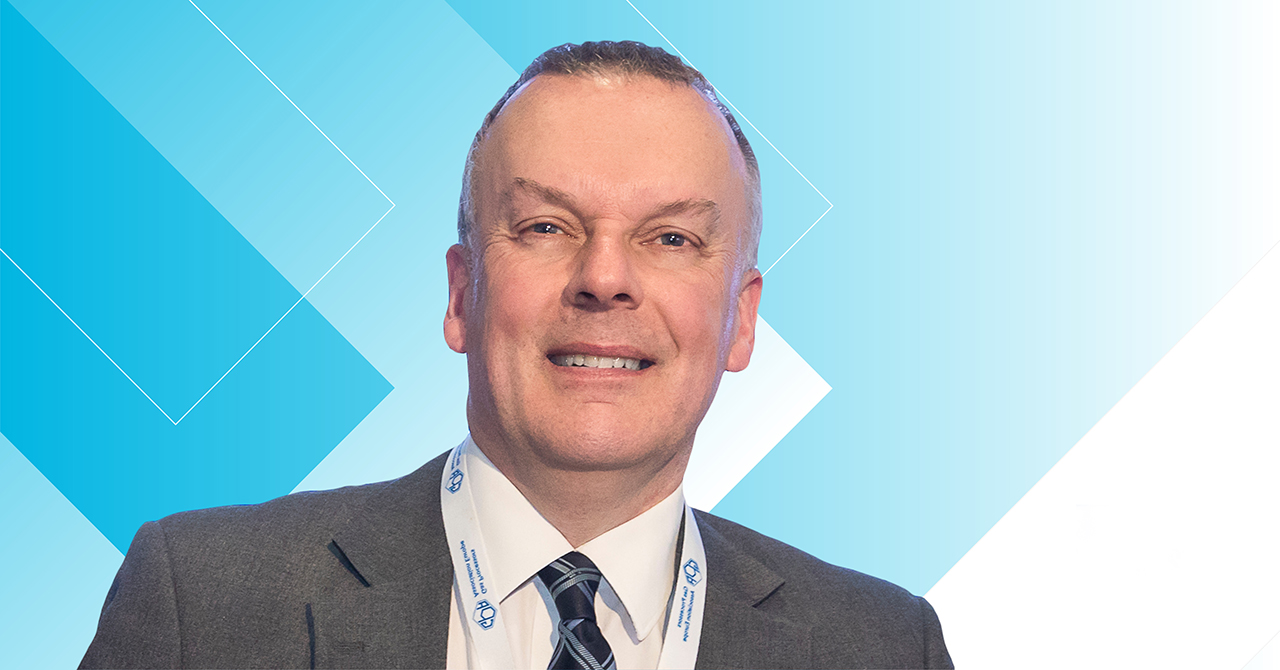The journey towards decarbonised energy with hydrogen and cost-effective carbon capture
Author: Adrian Finn, process technology manager
There is increasing acceptance that to meet carbon emission targets the use of natural gas must continue until both alternative ways of providing reliable, decarbonised, low cost power and large-scale, low carbon energy for transportation, industrial consumption and domestic heating are available. For the next 20 to 30 years, we need to progress the development and utilisation of technical solutions for a decarbonised energy future with alacrity. Whilst using natural gas during this transition, it must focus on decarbonisation and so the carbon dioxide produced by combusting natural gas will need to be captured and stored.
In order to decarbonise our use of gas, the reforming of natural gas to hydrogen with carbon capture at source has merit and is gaining increasing popularity. The methane molecule, CH4 provides the hydrogen, H2. Whether by steam or air or oxygen, the carbon, C, is converted to CO2, carbon dioxide. By separating the hydrogen and carbon dioxide from the “synthesis gas, or “syngas”, the carbon dioxide can be captured and stored.
Costain has a significant track record across the full life cycle in carbon capture and hydrogen.
We’ve been involved with consulting, engineering, design and construction in hydrogen process plant and carbon capture technology for six decades as part of our broader services to the energy sector. More recently we’ve been working with academia and industry partners to explore the best way to do this at industrial scale. It has become clear that the carbon capture technology Costain developed for syngas can provide the cost-effective solution for hydrogen.
Carbon dioxide removal from gases has been practised for over 100 years, with the resultant carbon dioxide sent to the atmosphere. This is now exactly what we don’t want, so a review of those established technologies is needed. Any process technology assessment focusses on what do we have and what do we ultimately want? So that the change – the process – can be defined. In this instance, we want relatively pure carbon dioxide – pure enough to be stored. So we need maybe 98%+ CO2 purity, it has to be dry for storage, and preferably it is available from the separation process at elevated pressure as ultimately it will be stored at 120 bar or more. The cost of boosting carbon dioxide to such high pressure is high as it requires multi-stage compression. It also has a high operating cost and is potentially a reliability concern, as with all rotating equipment. The smaller and simpler the carbon dioxide compression system, the lower the overall cost of carbon capture.
The smaller and simpler the carbon dioxide compression system, the lower the overall cost of carbon capture.
Carbon dioxide can and has been captured by various techniques – absorption in a chemical or physical solvent, adsorption and permeation through a membrane. All are OK for venting carbon dioxide to the atmosphere but that is not now the objective.
The simplest way of separating any different molecules is by partial condensation and/or distillation. This is easy to evaluate and design. But it relies on a difference in boiling points. Of course hydrogen is very “light” and the “relative volatility” – the measure of how light one molecule is to another – is very high for hydrogen and carbon dioxide. Separation is very easy. Indeed so easy that just cooling, partial condensation and separation of the hydrogen-rich vapour and carbon dioxide-rich liquid is sufficient to produce carbon dioxide of sufficiently high purity for storage.
But what about the hydrogen and carbon dioxide pressures? Hydrogen can be produced at elevated pressure, just a little below that of the syngas. Carbon dioxide can be produced at elevated pressure, for the reasons below.
The process operates at about -50°C. This low temperature is achieved by refrigeration with the refrigeration being provided by the carbon dioxide itself. There is no refrigeration machinery. The carbon capture plant is auto-thermal - it provides its own energy. By judiciously reducing some carbon dioxide in pressure, just enough, it evaporates at lower temperature. This evaporating carbon dioxide now cools the feed gas to -50°C.
Low temperature processing has been used conventionally to produce liquid nitrogen, liquid oxygen, liquefied natural gas, to extract liquids from gas (ethane, propane, butane), remove nitrogen and helium from gas and many other applications for decades. Such plants operate by using internal process streams to provide refrigeration as far as possible. By operating with small temperature differences for energy transfer they approach the ideal of thermodynamic reversibility (and minimum energy consumption) much better than alternatives. They are more energy efficient, so they require less power and/or products are at elevated pressure so that expensive power consumption is reduced elsewhere.
Using these simple principles Costain, with extensive experience in developing and supplying low temperature gas processing solutions, has progressed and patented process technology for carbon capture from syngas. The plant design is fully verifiable, uses conventional equipment, can easily handle variations in feed gas composition and flow, has no rotating equipment and is easily scalable. It exhibits high energy efficiency so as to reduce the size and cost of carbon dioxide compression for storage by of the order of 50% compared to conventional capture technology (that produces carbon dioxide at atmospheric pressure, or possibly a little higher in the case of physical solvent).
As hydrogen generation from natural gas reforming advances, the use of the most cost-effective available carbon capture technology will help progress the journey to a decarbonised energy future by reducing project venture cost and operating cost. This process technology is available today and ready for immediate use.

If you would like to find out more, contact [email protected] or connect with Adrian on LinkedIn here.

